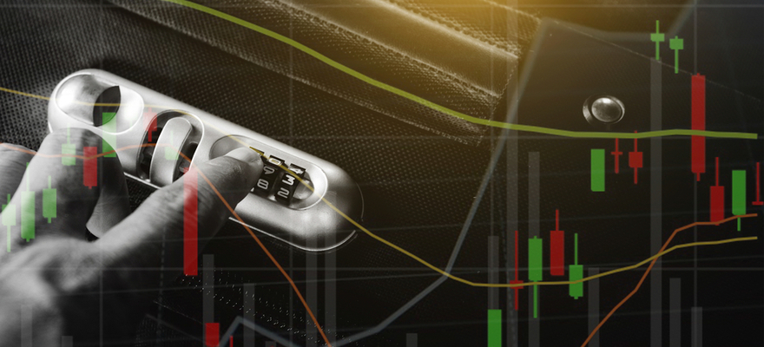A lesson on money management

I suppose, everyone knows that for successful trading, you need just "a unique trading system" that brings its inventor 100% of the profit a day. Apart from a working system, another important element of profitable trading is skillful money management. However, many traders neglect the latter, which is utterly wrong. Inefficient money management is a direct way of wasting your deposit.
Conditionally, there are two types of money management (MM):
- The first one suggests managing your money before you enter a trade.
- The second one is managing your money when you are already in the market.
Most traders use the first option only. There are reasons for it, certainly: some feel it easier to trade this way, others do not know about the second type at all. Before entering a trade, the trader calculates the lot size and the SL placement according to their MM (the classic way is 1-3% of risk per trade). This is all the MM they do. However, it is equally important to follow your trade and manage your capital wisely while your trade is open - this is the second type of MM. This helps maximize your profit or minimize losses, depending on the market situation.
One method of MM for open trades is locking. An open trade locks when the price goes against it. What is locking? To put it simply, it means that an opposite trade of the same volume opens.
To get it better, look at an example in the chart.

Your trading system gave you a signal to open a long position (point 1), you entered the market but a while later, the price reversed against you. Reaching a certain level, you realize that in the nearest future, the price will simply not go your way and decide to lock the position. You open an opposite (selling) trade of the same size as your first trade (point 2). Now you are locked: the profit from the second trade will compensate for the losses from the first one; hence, your loss literally gets locked and grows no more. The second crucial thing is to open (exit) the lock correctly. Imagine the price has reached point 3; you forecast that it will not go further and close the first position with a profit (the one opened in point 1). This is how you unlock the lock.
Now, we again have a losing position, but the price keeps going your way, and you close the second position in point 4, with a profit also. Thus, instead of one losing position you had at the beginning, you close two positions with a profit. Also, there is partial locking. In this case, if you open a trade for 1 lot, and it goes against you, open a selling trade but a bit smaller one (0.7 lot, ex.). This is a method for situations where a large pullback is unlikely to happen, and the price soon returns to the desired direction.
Sure, I have described a perfect, so to say, locking picture. In reality, things do not always go as smoothly as in the examples above. Experts can construct whole chains of locks, while amateurs can be harmed a lot by their locking. That is why there is a constant argument about whether locking is useful and necessary: some say it is a good and flexible instrument that requires no special skills of technical analysis or fundamental analysis and, hence, can be used by anyone. However, others state that locks are useless and never lead to any good. Even among traders who do use locking, there is no general agreement: some say it is the last resort that can save the deposit, others use it as their main strategy. Well, to each their own.
Also, note that locking is used instead of Stop Losses. Locks have several advantages over SLs. As said above, a lock can drag even a losing position to a profit, while an SL will simply close it. Locking is easy to use (the very mechanism is), though you need to know how to use it. Some geniuses open trades at wild guesses and then make a profit by locking. However, this is not an advisable approach.
Hope you liked the article and good luck to you!
This article was written by Dmitriy Gurkovskiy, Chief Analyst at RoboForex




